When embarking on a new build or upgrading an existing commercial facility, understanding the costs associated with commercial electrical installations is crucial for budgeting and planning. This article aims to demystify the factors that influence these costs, helping business owners and project managers make informed decisions.
Key Cost Factors in Commercial Electrical Installations
1. Scope of the Project: The size and complexity of the commercial space play a pivotal role in determining the cost. Larger areas require more materials and labour, which can significantly increase the total cost. Additionally, the type of commercial facility—whether it’s a retail store, an office building, or an industrial site—also influences the installation complexity and costs.
2. Quality and Type of Materials: The choice of materials affects both the performance and cost of the electrical installation. Commercial environments often require high-grade materials that can handle higher electrical loads and are more durable. While opting for high-quality materials might be more costly upfront, they can provide greater reliability and longevity, potentially reducing maintenance and replacement costs in the future.
3. Labour Costs: The expertise and experience of the electrical contractors play a crucial role in the project. Skilled and certified electricians are essential for ensuring that the installation meets industry standards and safety regulations, which can prevent costly errors and safety hazards. However, hiring qualified professionals can increase labour costs.
4. Regulatory Compliance and Permits: Compliance with local building codes and obtaining necessary permits is a mandatory part of commercial electrical installations. The costs associated with these regulations can vary widely depending on the location and the specific requirements of the commercial building. Failing to comply can lead to penalties and project delays, increasing the overall cost.
5. Installation Complexity: Features like backup power systems, specialised lighting, and integrated smart technology add complexity to the installation process. Each of these features requires additional planning, materials, and labour, all of which contribute to the total cost. Moreover, retrofitting older buildings with new electrical systems can be more challenging and expensive compared to installations in new constructions.
Estimating Your Costs
Given the variety of factors involved, estimating the costs for commercial electrical installations can be challenging. It’s advisable to obtain multiple quotes from different contractors to compare prices and services. Ensure that these quotes are detailed and include all potential expenses to avoid unexpected costs later.
Cost-Saving Tips
While the quality of the installation should not be compromised, there are ways to manage and reduce costs:
– Plan Ahead:*Detailed planning can help identify potential challenges and efficiencies, reducing the time and resources needed for the installation.
– Bulk Purchases: Sometimes, buying materials in bulk can save money, especially for large projects.
– Energy Efficiency: Investing in energy-efficient systems can be more expensive initially but can lead to significant savings in energy costs over time.
Understanding the costs associated with commercial electrical installations requires careful consideration of multiple factors. By being aware of what influences costs, business owners and project managers can better budget for their commercial electrical needs and avoid unexpected expenses. Remember, the cheapest option is not always the best—prioritising quality, safety, and efficiency can lead to better financial savings and operational performance in the long run. Get in touch with us if you think you might need electrical services for your commercial needs.


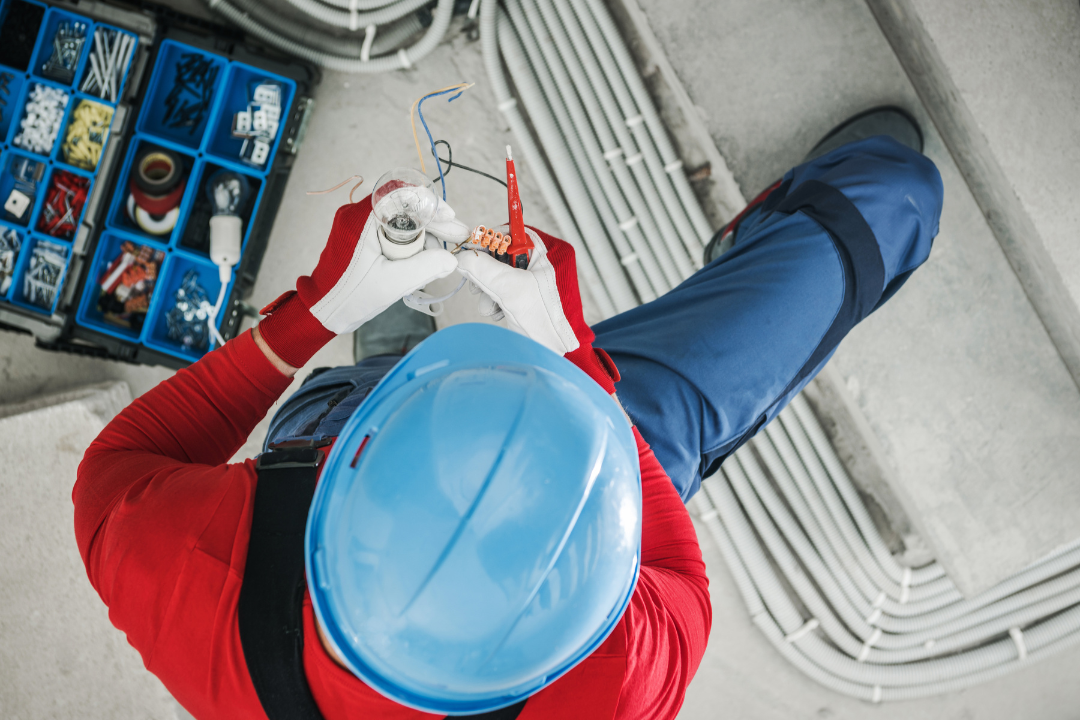
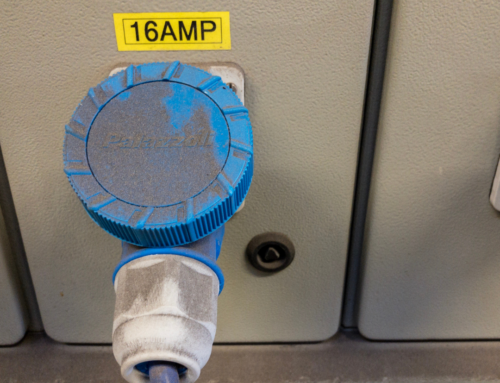
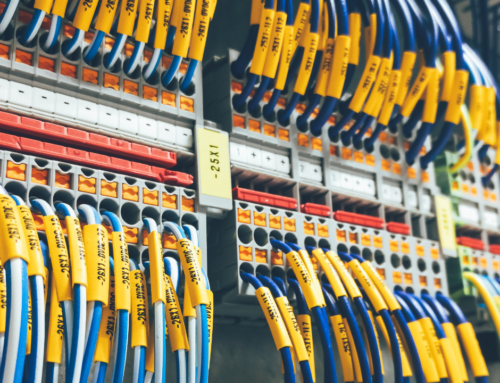
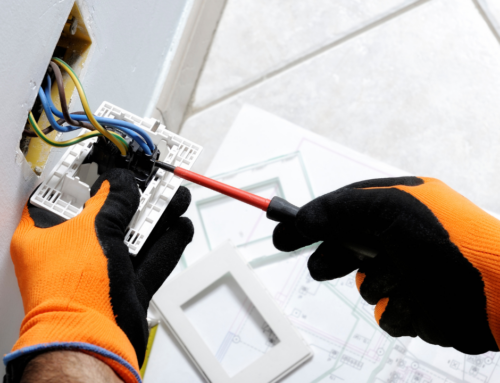
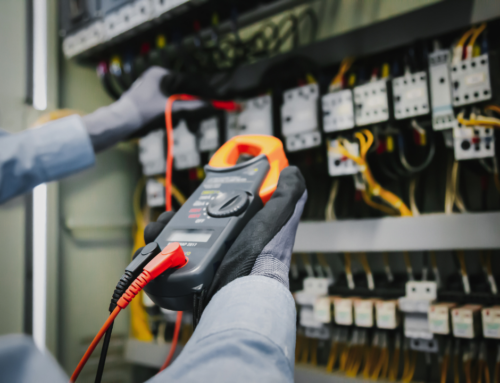
Leave A Comment